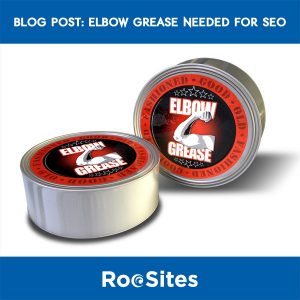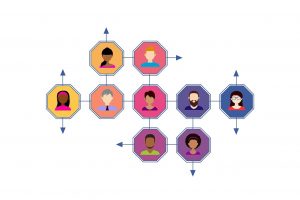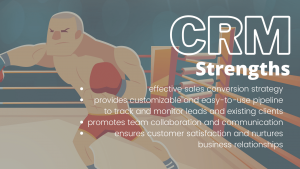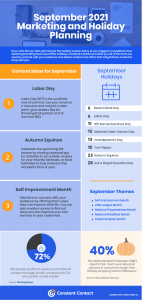— January 10, 2018
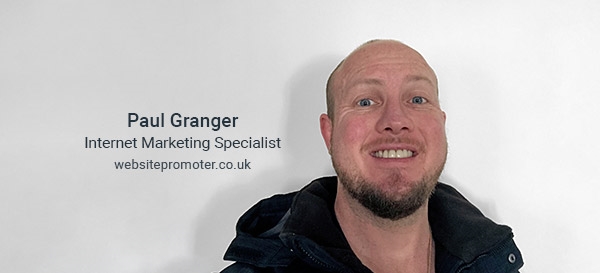
When you have the basics in place, your Pay Per Click campaigns should be providing reasonable (basic) returns. But to really make the most out of your spend and get a better return on your investment, it’s time to explore some more advanced strategies.
Ultimately, the more you keep testing and tweaking in the right direction the better results you will start to experience. In this guide, we’re going to explore several things that might be missing from your basic standard PPC campaign strategy and identify some of the things your business needs to address when it comes to improving that all-important return. Let’s get started right away – read on to find out more!
Google AdWords Strategies
Let’s kick things off with a little deeper exploration of Google AdWords, which, let’s face it, is probably the basis of your current PPC strategies, as it is for every other business.
Accelerated Delivery
The Accelerated Delivery feature in AdWords is a highly advanced tool that is best avoided without thorough research.

If you dive in at the deep end, you can waste a heck of a lot of money and go significantly over budget. However, once mastered, it can make a huge difference to your campaigns in several ways.
First of all, it’s fantastic for creating brand awareness for startups or PR projects, as it gives you the maximum possible exposure and click-through rate you can hope to achieve.
However, bear in mind you will need to invest a considerable amount of your marketing budget into the campaign, as leaving your campaign budget uncapped could mean a lot of ads delivered in a shotgun approach.
Another option is to schedule your ads to run at specific times. For example, you might see a huge spike in your CTR between 8-12pm so it would make sense to dump even more ads during that time to maximise your returns.
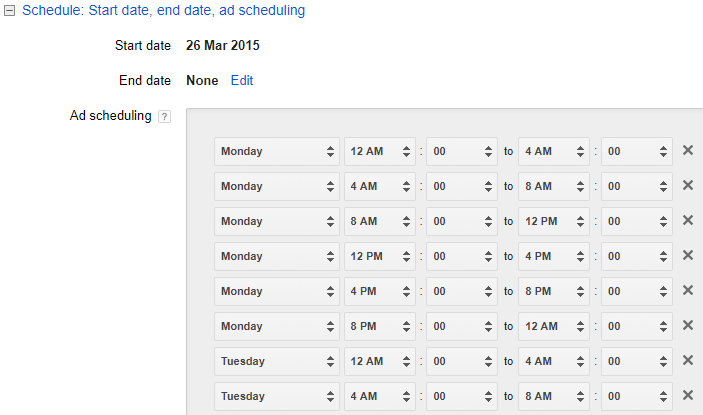
Finally, it’s also worth using Accelerated Delivery for those times when you are running a time-sensitive campaign. Let’s say you are a restaurant owner who has a special lunchtime deal running all week – scheduling an ad for a free coupon in your locale between 10:30 and 1 pm – just when people are thinking about lunch – makes sense from a practical and psychological perspective.
Customer Reviews
Customer reviews are incredibly powerful tools for you and your business. They get results — it’s that simple — as they are effectively word of mouth recommendations. One of the best new tools in the Google AdWords helps you take advantage of this.
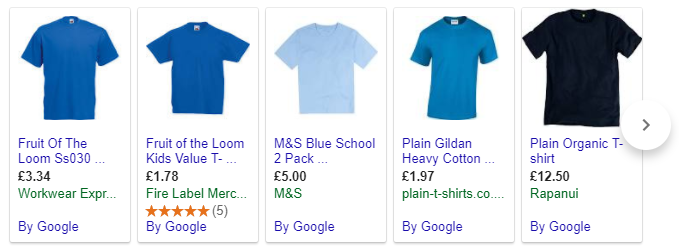
These days, as long as your service or product has a minimum of 30 unique reviews, all of which have at least four-star ratings, AdWords will allow you to present them as part of your ad. You will need the ad seller extension to achieve this. If used, you should see a significant increase in your CTR. And the great thing about them is that, regarding Cost Per Click, Google won’t charge you for the viewer looking at the review – you are only charged if they click the actual ad. This is an important point, as it can help you weed out any non-buyers without paying for the pleasure.
There are a few things to bear in mind about using this review extension, however. First of all, you aren’t allowed to focus on a specific product – it must be for your business or organization as a whole. Secondly, if all your customers are accessing your site from mobile phones, it’s probably not worth your time: this particular AdWords feature only displays on a desktop.
Find New Keywords
We’re going to break a little rule here and suggest that you start using broad matching to find out some new and profitable keywords. Now, there are plenty of risks involved with using broad match, not the least of which is because it is almost impossible to find out what your audience is intending to do once they get to your site – broad match terms are just too generic. And as a rule, there isn’t any AdWords specialist out there that will encourage you to use them.
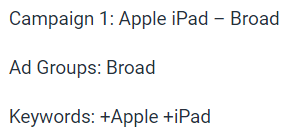
That said, if you are prepared to take a slight gamble, they can pay off – big time – as a wonderful keyword research tool. You should see broad match terms as the ‘hunter-gatherer’ of the AdWords world, as they should reveal some brand new keyword opportunities that you have not uncovered before in your research.
Keep your bids as small as possible to avoid overspending, ideally aiming for position 3 or 4. Once you’ve mastered that, it’s then time to build the campaign out of phrases that you’ve discovered. Then, check your Search Terms report to find out what the audience is using to find those terms – already you should have some incredibly valuable information, and plenty of data on long tail searches you can start using as exact matches.
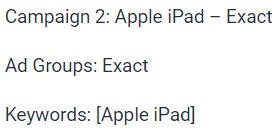
Bing Ads Strategies
If you aren’t advertising on Bing yet, you could be missing out on a whole lot of conversions. Once you’ve started and you have the basics in place, it’s time to start ramping up your campaigns with a few well-chosen advanced techniques that can really impact your profit margins in a positive way.
Let’s take a look at some of the things you might want to try – again, this is for advanced users only.
Location Targeting
Location and laser-focused geo-targeting is an important part of PPC these days, whichever platform you are using. And one of the best things about Bing is that they allow you the opportunity to perform location targeting at the ad group level.
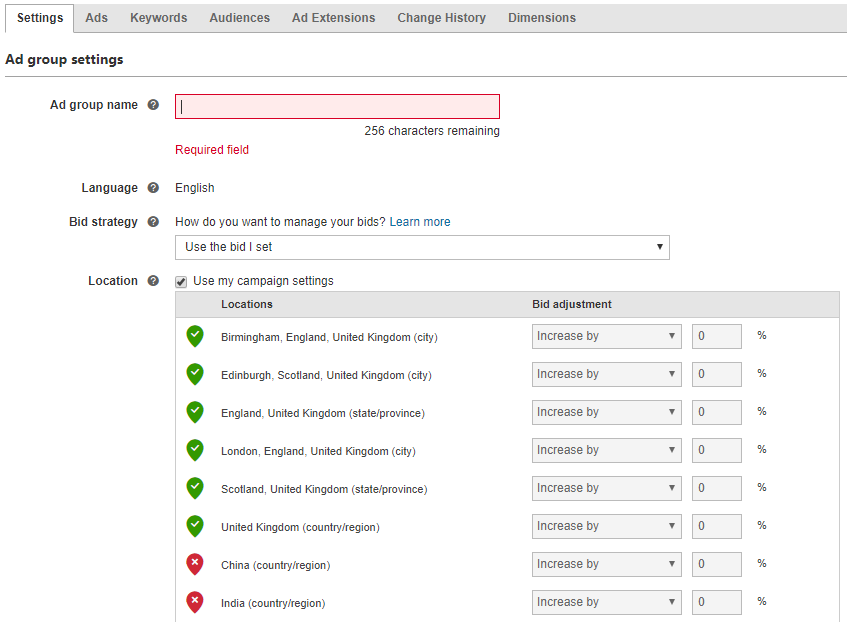
Let’s say you notice your ads perform differently in different areas. It’s an impossible problem to solve in AdWords, but with Bing, you can make it happen. It’s possible to target a specific location and use different ads that you know are going to perform better – meaning a more laser-focused campaign and a lot more money clicking through the door.
Partner Targeting
Google’s Adwords gives you a couple of choices when you want to make use of its search partners – you can choose to appear on Google Search or only its partners SERPs, and only at a campaign level. It’s a good start, but with Bing, although you can only get displayed on Bing and Yahoo, you can drill everything down to the ad group level.

In our opinion, this feature gives Bing the edge, as you can be much more specific about your targeting.
Another benefit is that you can run a report that gives you an overview of which search partners are actually sending traffic to your site.
It’s invaluable for a number of reasons, not least because you get key information on the costs of your traffic – and whether or not it is worth it. If it isn’t, you can just stop using that particular partner, and focus only on the rest of the services that are actually giving you a good return.
Ad Scheduling
Like Google, Bing has also invested heavily in ad scheduling features. But they have an impressive feature on board that should be of interest to any business that serves multiple time zones.
Ultimately, with AdWords you can only schedule your ads at one specific time, meaning you effectively have to schedule them multiple times – one for GMT, say, one for each US time zone, and maybe one for Australia.
With Bing’s international friendly feature, however, all ads are displayed precisely as you set them. If you want an ad to display from 6 pm to 8 pm, just fire away and dot it – and your ads will show in the UK, America, and Australia at 6pm-8pm their time, as well as your own.
Facebook Ads – Strategies
As everyone is beginning to realize, businesses don’t get much out of Facebook unless they are prepared to pay for exposure. In the early days, the social network was lauded as a game changer in that it offered businesses a chance to advertise for free.
It didn’t last long, however, and now it’s just a typical advertising platform. And as with every other ad platform, knowing the basics won’t be enough to take your company to the next level – you need some advanced thinking and strategy involved, too.
Here are some ideas for you.
Target Your Friends
As a business owner, the chances are that you want to pull in new Facebook followers as much as possible – and rightly so. But have you ever thought of looking a little closer to home? Trust is a huge issue with anything online, and the likelihood of you selling to a complete stranger is far less than the chances of selling to someone you know.
People that know you, trust you – hopefully – so why not target them?
It’s easy enough to get started. Look into the Tools section of your ads account, and drill down to Create an Audience. It’s a simple case of building a Custom Audience, and selecting Customer List – Facebook will find half the audience for you once you have uploaded it and look at finding user profiles that match your marketing targets.
Retargeting
You know when you visit a website and take a look around, and then half an hour later you spot an ad on Facebook for the very same online store and product you were viewing?
That’s retargeting and, as annoying as you might find it on a personal level, it’s an incredibly powerful tool. Yes, it’s a little sneaky, but it acts as a powerful reminder to a potential customer that might have forgotten their original buying intent. Ultimately, the web is full of distractions, and we all end up going down rabbit holes – retargeting is just a friendly ‘Hey, don’t forget us!’ to your potential customers.
So, how do you do it? In your Facebook ad settings, you’ll need to get to Create Audience, select Custom Audience, and then hit the Website Traffic option. From here, you have a few decisions to make.
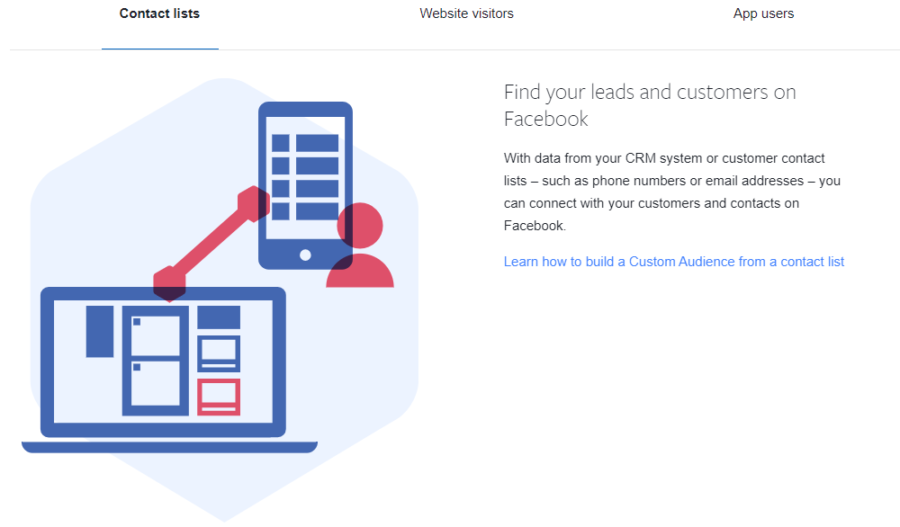
You can customise your audience in accordance with people who have visited your site, or went to a particular page, or even haven’t been to visit you for a while. You can also set specifications for when the person last arrived on your site – the current values run between 1-180 days. Then it’s just a case of creating the ads, and the visitors should get their big prompt to return.
Life Events
Another fantastic feature on Facebook’s ad platform is the ability to target specific life events. If your business is focused on servicing specific life events – moving homes, or weddings and funerals, for example – then it’s something you must start using. Your window of opportunity is so small in these types of events that it is a vital part of your armory if you want to entice more market share, and avoid losing out to the competition.
Given that the nature of Facebook means it is inherently interested in life events itself, it’s no surprise that the categories available are so exhaustive. It’s what we post on our own timelines, after all. Head to the Life Events section in your ads settings, and choose a specific date range of when you want your ads to appear – you can use anything from 3, 6 or 12 months.
Granular, layered targeting
Finally, don’t forget about getting to know Facebook’s highly layered targeting options Again, you can build an incredible picture of the Facebook user base, because their profiles are so public.
You can find out when a teenager has passed their test, whether they have just left home – or even if they are the parents who are still residing in the empty nest.
So, whatever you are trying to find, you can probably find it on Facebook. Behaviours, geolocation, and general demographics – it’s all there for you to explore and find your perfect audience.
However, finding those people is one thing – creating ads that entice them is another entirely. And whether you are talking about Facebook Ads, Bing Ads, or Google’s AdWords, how to create good PPC ads is a story for another day.
Digital & Social Articles on Business 2 Community
(106)

